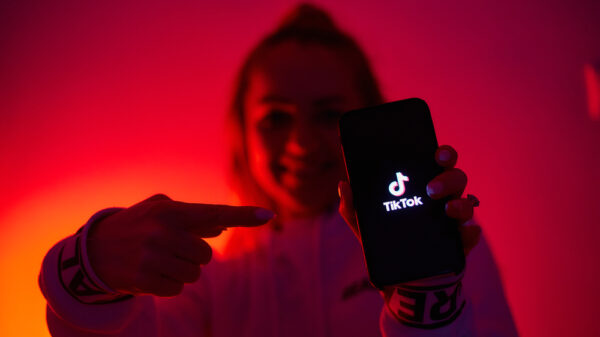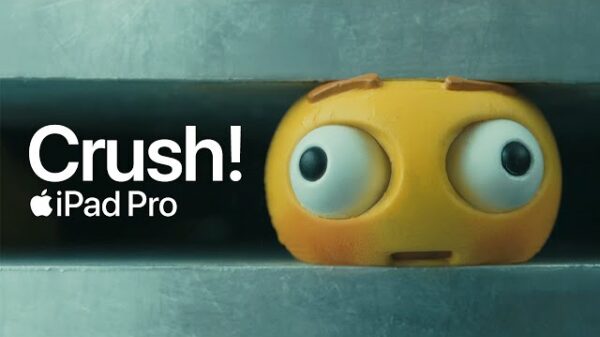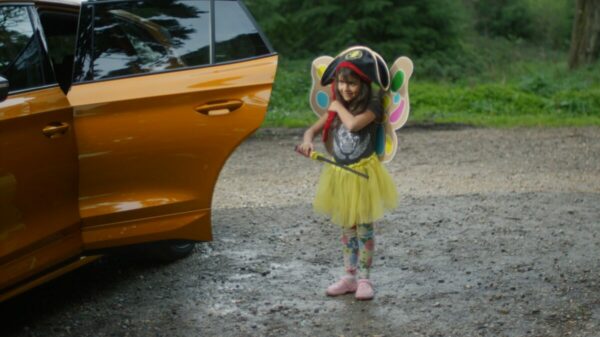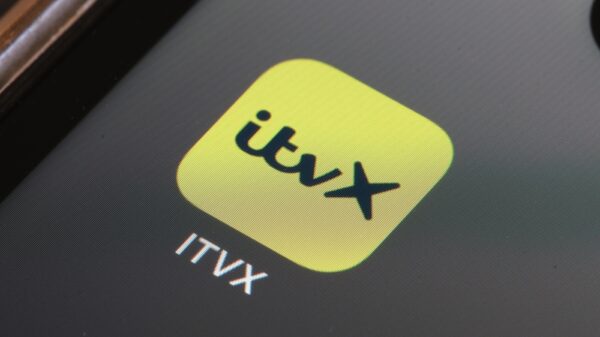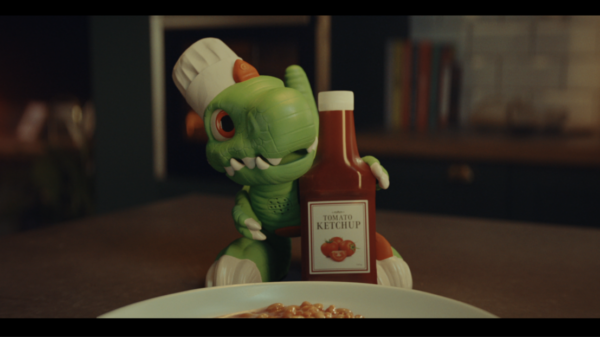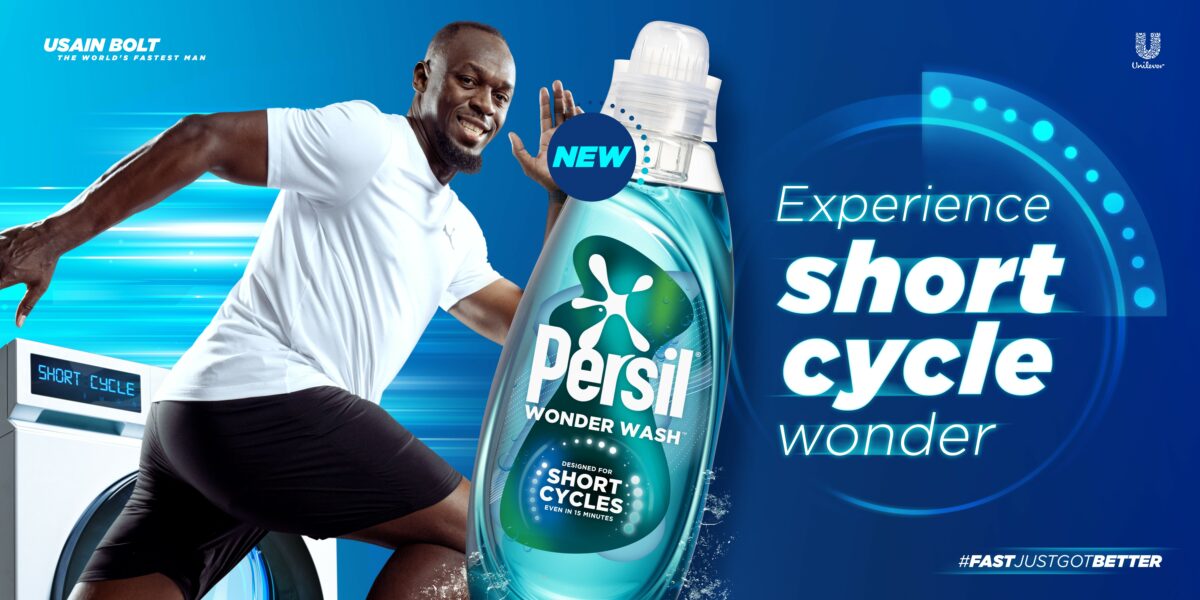In this era of celebrity-worship and unashamed consumerism, celebrity endorsements and brand ambassadors are fairly ubiquitous; appearing on TV screens, in our phones and everywhere else ads are place.
You could be forgiven for assuming the use of celebrity brand ambassadors is a relatively new marketing strategy, but in fact it has been a tried-and-tested marketing ploy for many years – with the earliest partnerships dating as far back as 1760.
They might not have been doing TikTok posts or using #ad back then, but the end result was much the same: consumers associated the brand with the personality, brand awareness rose and – most importantly – sales increased.
Offering brands both a boost in sales and reputation, a successfully executed celebrity partnership can supercharge growth and push a business to new levels, while the right celeb and brand pairing can also attract a whole new cohort of consumers.
Not all collaborations have been a resounding success however, with many ending acrimoniously – as in the case of OJ Simpson and car rental firm Hertz in 1992 and more recently Umbro and John Terry in 2012 after the latter faced accusations of racism.
With the help of The School of Marketing’s ceo, Ritchie Meta, Marketing Beat puts a selection of modern partnerships under the spotlight to find out whether these endorsement really are all they’re cracked up to be.
Nespresso and George Clooney (since 2006)
In what is perhaps one of the longest and most fruitful celebrity-brand partnerships of the modern era, Nespresso truly struck gold when it first hired Hollywood powerhouse Clooney in 2006.
The star man has undeniably taken the brand on to the next level, giving it global recognition – in fact the relationship has been such a success that Clooney is now a part owner of the Swiss brand.
It is, in Ritchie Mehta’s words very much a “love marriage”, with the aspirational factor a key cog in the collaboration’s longevity.
“We can see the aspirational nature of probably one of the most iconic actors teaming up with Nespresso, which wants to live up to that same level of both iconicness and aspiration,” Mehta says.
“From a target audience perspective, you can see how that would resonate in two ways; one, many men will aspire to be like Clooney (I think we all do), and for women, you can see how he brings a level of sexiness to the brand.
“You can definitely see why they would use Clooney as a key figure – he represents perhaps all the values they would want to have, and there is certainly a nice gel between them.”
Lenny Henry and Premier Inn (since 2008)
Having first worked with the Whitbread-owned chain in 2008, Lenny Henry’s adverts have become synonymous with the brand, providing it with UK-wide recognition transcending a large range of economic and social groups.
It is this instant association that Mehta highlights when discussing the hand-in-glove partnership: “I recall this partnership from a number of years ago, and that’s actually the interesting part – that it’s still embedded in my memory structures, although I probably haven’t seen that advert for the best part of a decade.
“Essentially, the mark of a great ad or a great partnership is the ability for people to have long-term recall and in this respect, that mere fact that I was able to do that is certainly a measure of its success.”
Owing to the runaway success of the spots, it’s no surprise that Henry was the man Premier Inn turned to when it returned to screens following a three-year ad hiatus, with his warm personality proving invaluable for a hospitality brand
“The down to earth, relaxed way that he comes across contributes a lot,” Mehta says.
“Another great hallmark of a good partnership is comical value, which invariably helps that memorability come through as well.”
To receive more marketing news just like this subscribe to our FREE daily newsletter
Ant and Dec and Santander (since 2019)
First unveiled as left-field brand ambassadors in 2019 to help the banking group connect with working class customers, this partnership has certainly raised eyebrows over the last three years, with many questioning whether serious anti-fraud messages should be delivered by two stars of slapstick comedy.
“Among the marketing fraternity there certainly has been a bit of a mixed bag around the effectiveness of this and whether Ant and Dec were the right people to choose to represent this brand,” Mehta says.
“On the one hand, I suspect they’ve got huge loyalists positive associations with them, they’re down to earth, they’re the people’s people, in effect.
“But it can almost come across as being slightly too unprofessional. And I think that’s perhaps where it suffers a little bit, and whether it does much in terms of bolstering the image of a bank being there for people through good and bad times, being trustworthy, I’m not sure.”
Nicole Scherzinger and Muller (since 2013)
In a surprising move for both parties, former Pussycat Doll and X Factor judge Nicole Scherzinger signed on to appear in a series of ad for German yoghurt brand Muller.
Ranging from the standard fare to bizarre alpine village cosplays, to her credit Scherzinger manages to hold a straight face the entire time.
Scherzinger’s big-name pull and model looks make it easy to see why Muller recruited her, with Mehta singling out her aspirational value.
“Nicole, to me, has that aspirational something. If we go back to the objective of a partnership, you would either be looking for a celeb to resonate with the existing brand values, or help you to get into another brand territory.
“By using such as aspirational woman, Muller is hoping to appeal to a younger audience and people who want to be like her. Perhaps they wanted to move away from the target audience and instead appeal to a more teenager/young adult audience.”
Paddy McGuinness and M&S (since 2018)
Signed up to appear in M&S Food ads in 2018 alongside the likes of Amanda Holden and Rochelle Humes, this uninspiring celebrity partnership appears to have ended rather acrimoniously earlier this week.
Following on from McGuinness’ acrimonious divorce, he no longer conforms to the family-man image that the retailer is aiming for – with Mehta pointing these developments as the perfect cautionary tale for brands: “This is always the possibility of what you’ll be dealing with in relation to these sort of partnerships.
“It really is a double-edged sword. On the one hand you’re getting great brand affiliation, association and memory structures. But then there’s the downside, of course, and clearly, this has gone a little bit pear-shaped, and is probably not what M&S really wanted.”
“When thinking about the art and science of marketing, the role of distinct assets, the role that they play in the ability to create mental associations and memory structures is absolutely key,” Mehta concludes.
“Having celebrity endorsers and partnerships is one of the strongest ways in which brands are able to create those mental associations. In the main, doing this is actually very, very smart marketing, and the science proves it.”
At its very core, whenever a brand enters into a celebrity partnership of this nature, what they aspire for is something along the lines of a George Clooney or Lenny Henry – a collaboration so successful that the association lands in a split second in millions of consumers’ memory banks.
Invariably however, brands may snag upon a Paddy McGuinness or two along the way.

